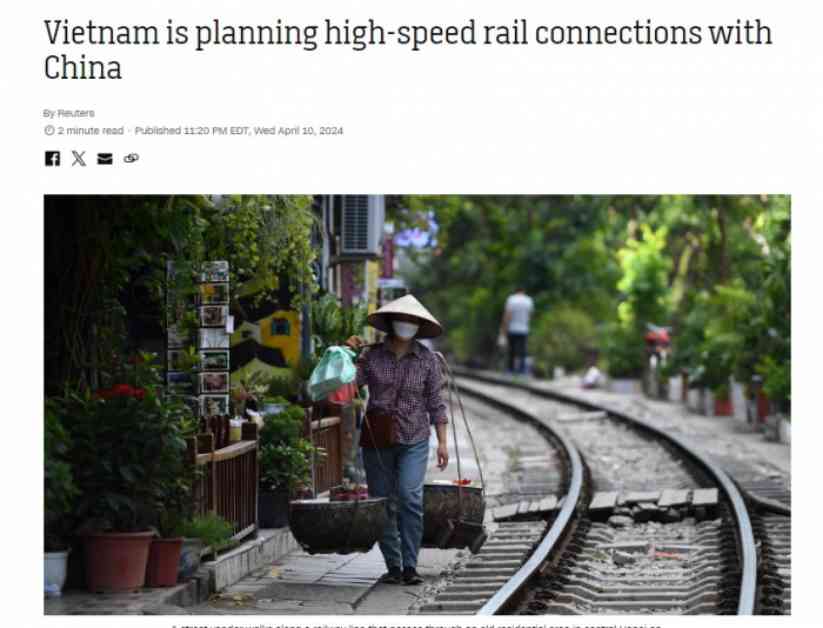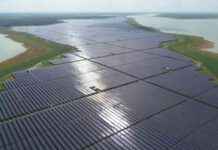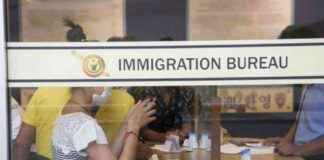Rail links between China and Vietnam have long been a topic of discussion, with the two neighboring countries aiming to enhance connectivity for increased trade and economic cooperation. As Vietnam’s newly appointed leader To Lam prepares to travel to China to meet President Xi Jinping, the focus will be on seamless rail links that are crucial for supply chains, especially as more Chinese manufacturers are moving export-oriented operations to Vietnam amid trade tensions with the United States.
Currently, the two countries are connected by two railways from Southern China to Vietnam’s capital Hanoi and its northern industrial hub. However, the Vietnamese infrastructure, dating back to French colonization, has a different gauge than Chinese high-speed rail, requiring passengers and goods to swap trains at the border. Despite past mistrust and conflicts between the two Communist-run neighbors, recent economic considerations have taken precedence over security concerns, leading to discussions on improving rail links.
In December, President Xi Jinping offered grants and loans to help upgrade Vietnamese railways, resulting in the signing of two memoranda of understanding (MoU) to boost railway cooperation between the two countries. Lam’s upcoming trip to China will focus on implementing these agreements and achieving new substantive cooperation results, particularly in the area of railway connection. According to Vietnamese Foreign Minister Bui Thanh Son, the goal is to advance mutual interests and enhance connectivity between the two nations.
China’s ambassador in Hanoi, Xiong Bo, revealed plans to accelerate three railway lines, including the upgrade of existing rails from Lao Cai to Haiphong via Hanoi, from Lang Son to Hanoi, and the construction of a third line along the coast from Mong Cai to Haiphong. Additionally, Lam’s visit to China is expected to result in new agreements on railways, investments, and trade in agricultural products, further strengthening the economic ties between the two countries.
Vietnam’s Prime Minister Pham Minh Chinh has called for Chinese funding and technology for Vietnamese railways, signaling a significant shift in strategy. During his visit to China in June, Chinh emphasized the importance of Chinese support for Vietnam’s rail network expansion, leading to discussions with top Chinese companies in the rail business. Despite past protests over closer economic ties with China, Vietnamese officials are now open to Chinese private investment, which is booming in the country.
Vietnam is currently planning a massive expansion of its internal rail network, including a 1,500-km-long high-speed connection from Hanoi to Ho Chi Minh City, estimated to cost roughly $70 billion. This project is considered the country’s biggest infrastructure endeavor to date, showcasing Vietnam’s commitment to enhancing transportation infrastructure and connectivity for economic growth.
Overall, the discussions and agreements between China and Vietnam regarding rail links demonstrate a shared commitment to improving connectivity for mutual benefit. With the focus on enhancing trade, investments, and infrastructure development, both countries are poised to strengthen their economic cooperation and foster greater connectivity between their respective regions.




















